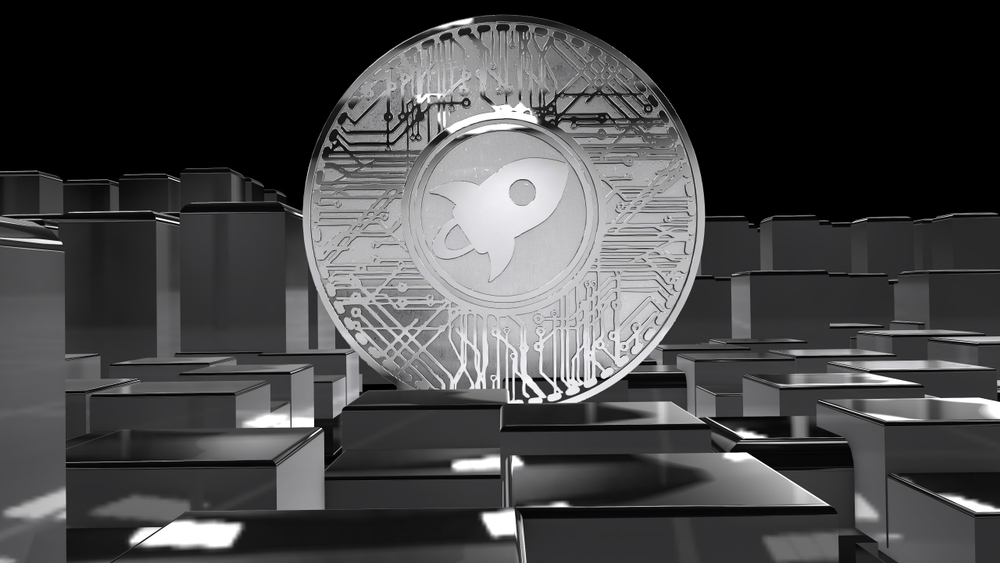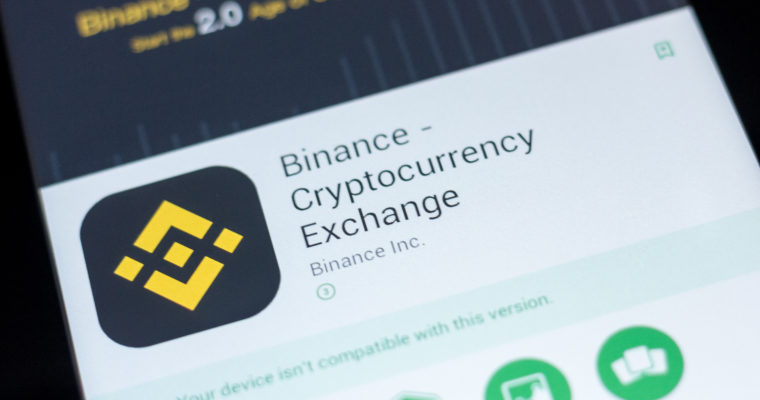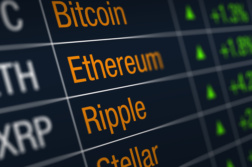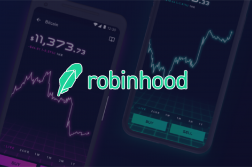Binance announced Friday that it would be adding a few new USD Coin pairs and moving its two existing USDC pairs into the combined stablecoin market called USDⓈ. Both ripple (XRP) and stellar (XLM) will have USD Coin pairs, in addition to their existing stablecoin pairs. The move involves the cancelling of any trades that exist in the current two USDC markets: BTC/USDC and USDC/BNB at the time of the move, essentially wiping the slate and creating fresh markets for the stablecoin.
The pairs being created with USDC are: BNB, BTC, ETH, XRP, EOS, XLM, and USDT. All of these will now be accessed through the USDⓈ asset market tab. They will no longer be in the regular coin exchange of Binance. It has BTC and ether as its primary base trading tokens.
Binance was clear on their warning about existing trades in tangential markets:
“Please note: The existing USDC/BNB and USDC/BTC trading pairs will be removed and delisted at 2018/12/16 03:00 AM (UTC). All existing orders in each order book will also be canceled at this time.”
The new markets were already showing in the advanced exchange as of Friday but were not operational.
Stellar (XLM) and Ripple (XRP) Both Get New Liquidity

XRP and XLM, ripple and stellar, the feuding cousins of the regulated international money movement game, were both already listed against PAX, USDT, and TrueUSD. Now they will have an additional fiat trading pair in USDC. That they are being treated equally is an interesting move on the part of Binance, whereas their overall market indicators are far from equal.
XRP was trading at 29 cents at the time of writing with a 24-hour volume of over $300 million. Stellar lumens were at around 10 cents. Their 24-hour volume was approximately one-fifth of ripple’s, at just over $67 million.
The long history between the two tokens makes for an interesting dive for anyone interested in cryptocurrency. They’ve been embroiled in lawsuits and the like, but their communities have a lot of crossover. They started with essentially the same technology, but the Stellar project philosophically prefers to see itself as a peer-to-peer payment protocol. Blockchain startup Ripple, with whom XRP is closely associated, prefers to focus on bank-to-bank and institutional money movements across borders, easing frictions created in the old world financial system. Such frictions were created using clearinghouses and intermediary banks. They go away when cryptocurrency and blockchains enter the picture.
Both are, of course, a long way from their all-time highs. However, their current prices are much more realistic than many altcoins in that they draw from multiple fiat markets, including the now four they will each have on Binance, the world’s most active exchange.
Images from Shutterstock
Get Exclusive Crypto Analysis by Professional Traders and Investors on Hacked.com. Sign up now and get the first month for free. Click here.








